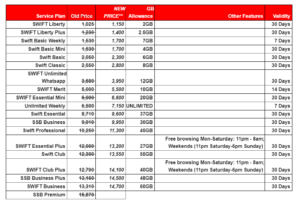IBM has unveiled the most powerful quantum processor in the world – the Osprey, which boasts a massive 433 quantum bits (qubits). The new chip headlines a raft of advances in quantum computers that the company has announced, as it prepares for a massive leap next year.
While they’ve served us well for decades, traditional computers are increasingly paling in comparison to those young upstarts, quantum computers. Where the former stores and processes data in binary bits, as zeroes and ones, the latter uses qubits that can be zero, one or both at the same time. This exponentially raises the processing power for each added qubit, allowing them to potentially perform calculations that are impossible for conventional computers.
With the power of 433 qubits, IBM’s Osprey is the most advanced quantum processor in the world by a large margin. It packs twice as many qubits as the previous record-holder – Xanadu’s Borealis, which was tested with 216 qubits – and over three times more than IBM’s own Eagle, announced last year, which packed 127 qubits.
The Osprey has a similar architecture to its forebear, being comprised of a single layer of qubits atop several layers of control wiring, which helps cram more qubits in while reducing their error rate. An integrated filtering system has now been added, which helps reduce noise and improve stability of the device.
IBM says this machine’s number-crunching capabilities far surpass any traditional computer, claiming that to represent a state on the Osprey processor, a regular computer would need more bits than there are atoms in the known universe.
IBM also announced some other tweaks to its quantum systems. On the software side, error correction has been improved and users have been given the ability to more easily choose between increased speed or precision. The overall control system hardware has been upgraded to control 400 qubits per rack, at a lower price than previous versions.
As impressive as this year’s updates are, IBM is looking to next year as the real turning point. The company’s roadmap says that next year’s quantum processor, the Condor, will boast a stunning 1,121 qubits. Also on the cards is a modular processor called the Heron, which can stack multiple 133-qubit units together to make more powerful quantum processors.
And finally, the IBM Quantum System Two will be released towards the end of 2023. This modular system will form the framework of the company’s quantum supercomputers, housing multiple processors with communication links between them. These are all stepping stones on the path towards IBM’s plans of building a quantum system with over 4,000 qubits by 2025.
The company describes the IBM Quantum System Two in the video below.
IBM Quantum System Two
Source of Article
